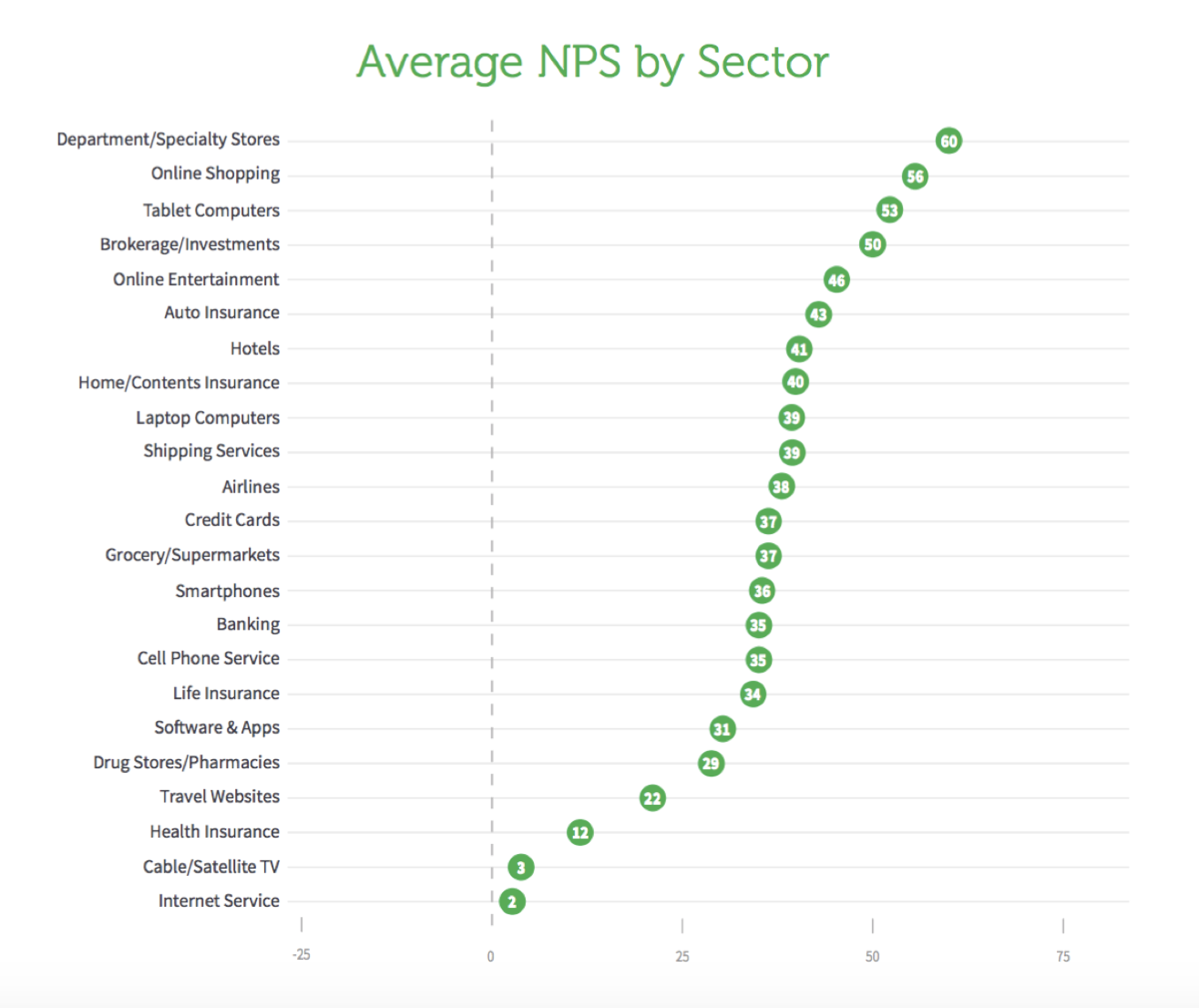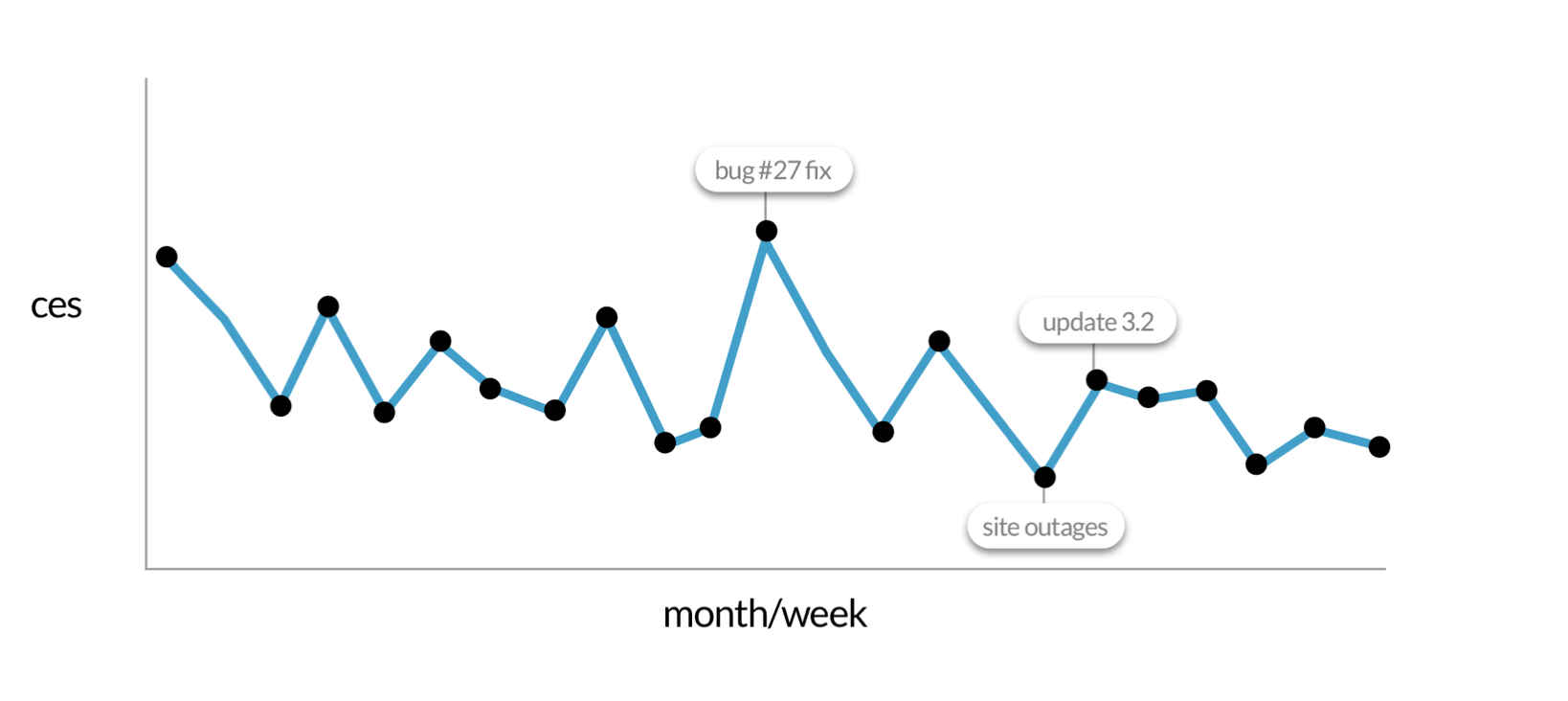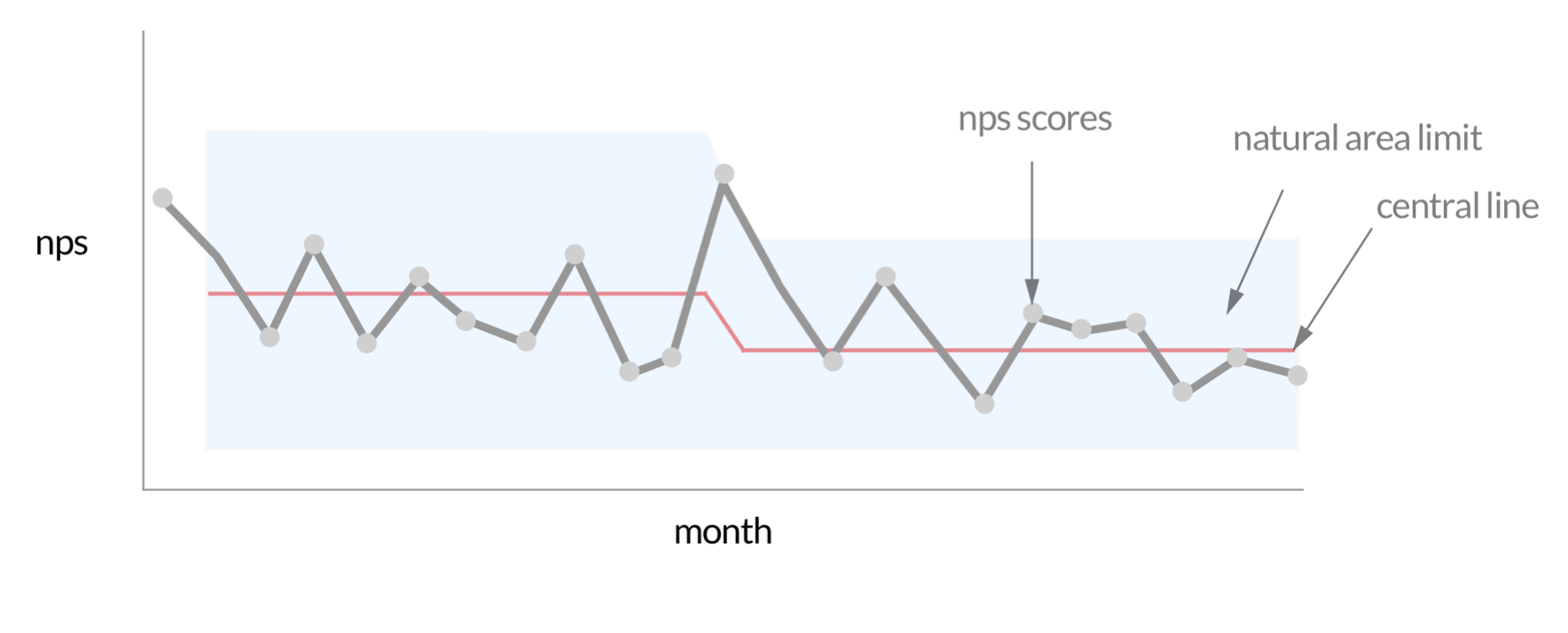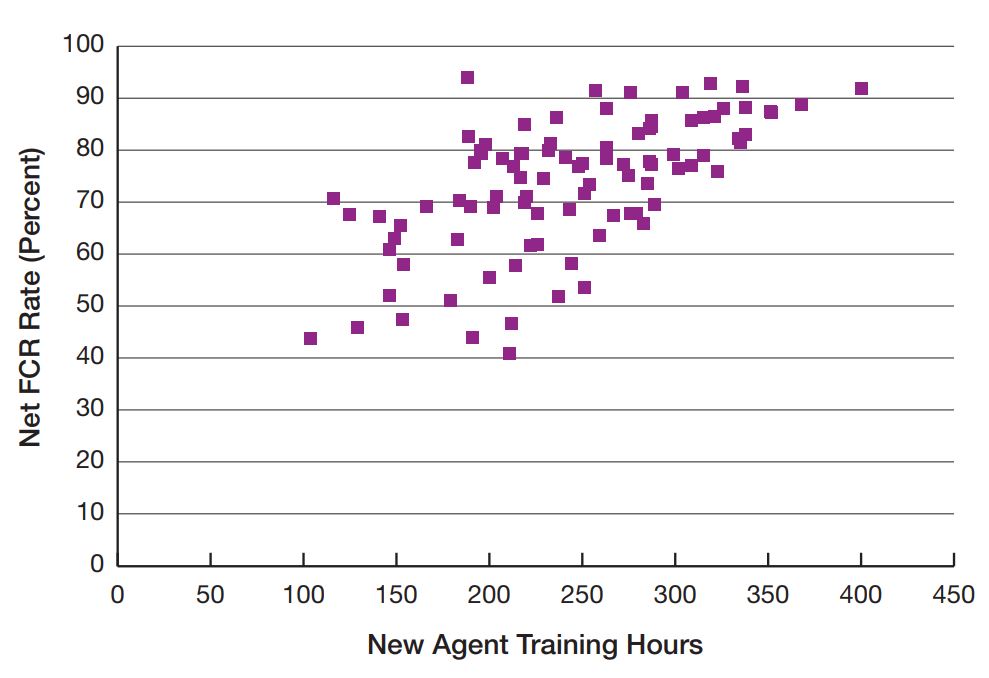Stay updated!
The best customer experience content delivered right to your inbox.
How to Measure and Improve Customer Happiness
by UJET Team |
Decades ago, when business was mostly done in person or over the phone, it was easier to grasp a customer’s satisfaction level. Happy customers smiled and said, “Thanks, see you next time.” Happy customers shook your hand and left good tips. They said things like, “You know, I told my brother about this place,” and so on.
Back then, reading your customers was simpler and easier. Today, the internet has muddled that clarity. However, it’s more important than ever to know what your customers think of your business—and whether they will be around next year, next month, or even tomorrow.
That’s why it’s important to measure your customers’ happiness proactively, using survey mechanisms like Customer Satisfaction (CSAT), Net Promoter Score (NPS), and Customer Effort Score (CES) that collect quantifiable feedback. It’s one of the most efficient ways to measure customers’ short- and long-term happiness, correct pervasive issues, and accurately predict future business and growth.
These measures are powerful tools to help you and your team find customer clarity, focus, and direction. But like all data, they are only helpful if you regularly track and take action to improve. To leverage these insights and optimize effectively, you need to understand what these numbers are and what they mean for your business. So let’s dive in.
What is Net Promoter Score (NPS)?
Your NPS comes down to one straightforward question: “How likely is it that you would recommend [Company X / Product Y / Service Z] to a friend or colleague?”
That’s it. That simple question, which was developed by Bain & Company in 2003, has become one of the most telling customer experience metrics available to modern organizations. It’s used by businesses around the world to measure and better understand how their customers or users feel about the business after an interaction. It’s also a good predictor of long-term business. The higher your NPS, the more likely it is that customers will engage your business over time—and recommend it to others.
Here’s how it works: Customers are asked to rate an organization, product, service, or representative on a scale of 0 (“not at all likely to recommend”) to 10 (“extremely likely to recommend”). Then, based on their rating, each customer is grouped into one of several categories:
- Promoters: These are “happy” customers, who respond with a score of 9 or 10.
- Passives: These are merely “satisfied” customers, who respond with a score of 7 or 8.
- Detractors: These are “unhappy” customers, who respond with a score of 0 to 6.
Unlike Promoters and Passives, Detractors are categorically upset and therefore unlikely to buy from your business again, much less recommend your product or service to someone else.
Calculating your NPS score is easy: Subtract the percentage of Detractors from the percentage of Promoters. For example, if you polled a group of people and 25% were Detractors, 25% were Passives, and 50% were Promoters, your NPS score would be 50 – 25 = 25. Obviously, the higher the score, the better.
What is Customer Satisfaction (CSAT)?
A CSAT score is also the product of a single-question survey, though the CSAT takes the question in a different direction, asking, “How would you rate your overall satisfaction with the [product/service] you received?” In other words, your CSAT is a measure of a customer’s immediate satisfaction with a service or product, while your NPS is a measure of a customer’s long-term loyalty.
To answer the question, customers use this scale:
- Very unsatisfied
- Unsatisfied
- Neutral
- Satisfied
- Very satisfied
To calculate your CSAT score, add up only #4 (Satisfied) and #5 (Very satisfied) responses, divide by the number of total survey responses, then multiply by 100 to land on your percentage of satisfied customers. For example, if you received 20 survey responses but only 6 were either Satisfied or Very satisfied, the equation would look like this: 6 / 20 X 100 = 30%.
UJET makes it easy to collect CSAT by prompting customers to rate their experience after every customer service interaction. This increases survey response rates without asking customers to invest more time by navigating to another page.
What is Customer Effort Score (CES)?
The CES is a question that brings it all back to the basics: “How easy is it for your customers to get their problems solved?” And it is a question of enormous importance.
The reality is: most customers won’t abandon your company just because you were unable to delight or provide ultimate satisfaction. But customers will abandon if your service is slow, difficult or frustrating. Customers are loyal to the companies that help them get their jobs done at lightning fast speeds with absolute ease.
To find out how your service stacks up, ask your customers, “Overall, how easy was it to solve your problem with {your company name} today?” immediately after the last customer interaction and include this numerical scale:
- Very Easy
- Easy
- Neither
- Difficult
- Very Difficult
Your score is then a simple average calculation: sum of answers / total respondents = your customer effort score. The perfect score here is 1, and anything near 5 means you have a ton of room for improvement. Getting this score right is the first step towards finding true customer happiness.
Without context, your measure is meaningless
Your CSAT 50%, NPS is a 60%, and CES is a 3.2, so what? Isolated figures are useless because they could mean anything. To get real value from your measures, you need to get contextual.
Benchmarking
Say your NPS is at 50%. At the very minimum, this means half of your customer base is promoting your business. That’s pretty solid, right? No, not if you are in the business of e-commerce. With an NPS at 50%, you are performing below the industry average of 56%. You have work to do. But if you’re an internet provider—which has an industry average of 2%—you are killing it. It is time to celebrate.

NPS by Sector Benchmarks via Satmetrix.
To understand your story, you need to know where your scores sit in the wider world. You can take a look at Satmetrix to see where your NPS sits and head over to the American Customer Satisfaction Index to compare your CSAT score.
Tracking
To make the most of your measures, you need to know two more things: Are things getting better or worse? And are your initiatives helping or hindering your customers?
Finding the answers is relatively straightforward. With a consistent reporting schedule and a basic line graph, you can begin to track your customer measures over time. Visualizing your current score in relation to its history is an easy way to interpret the health of your service.

To get a deeper insight into what is really going on, you should annotate your tracker with key events and customer initiatives. This way, when you see a negative or positive shift in performance, you will have the context at hand, which may explain the reason for the change.
But to go even deeper, to make sure you are picking up the signals through the noise, you may want to consider using an XmR Chart. Some stats are involved, but it’s worth the work. This chart helps you differentiate between a change that is natural or normal and one that is significant. It ensures you only focus on what really matters.

With an XmR Chart, if a data point exceeds the natural limit area—plus or minus 2.66 standard deviations from your central line (which is the average of your last five scores)— it is a change that deserves your attention. Or if three or more data points are above or below the central line in a row, this is a signal of a significant change.
The reason this chart exists is that your scores, like all data, will fluctuate as a result of normal variations that exist in the world. Not every positive and negative change deserves your attention, so this chart helps you spot the significant changes that do.
But when you want to affect change and improve your scores, it’s important to look deeper and focus on the building blocks that comprise these scores.
How to improve your scores across the board
The beauty of these metrics lies not only in their simplicity but also their versatility. After all, you can measure the NPS, CSAT, and CES of virtually any customer-facing entity, whether it’s the product or service, the website, or the person on the line at a help desk.
Ultimately, your NPS, CSAT, and CES are a barometer of satisfaction, meaning they can—and will—change in tandem with your processes, your product, and your people. In a Customer Support environment, like a call center, there are many variables that can influence these metrics.
So if your scores are low, optimizing the following Key Performance Indicators (KPIs) will help make them better:
1. First Contact Resolution Rate
First Contact Resolution rate, or FCR, is the percentage of issues that are resolved on the first interaction with the customer.
In other words, this means arriving at a resolution before the end of the initial contact, whether it’s a phone call or a web chat. If the call or chat is escalated or requires a second contact, it no longer qualifies as a First Contact Resolution.
It’s a critical metric because people are anxious, especially when faced with a problem. As a Support rep, resolving a customer issue in one phone call—as opposed to two or more—can have a big impact on that person’s day and, in turn, their perception of your service and overall brand. Therefore, a high FCR almost always correlates with high customer-satisfaction ratings.
Improving your First Contact Resolution Rate:
Your FCR is the product of many variables, including agent experience, training, and tools.
That said, according to research by MetricNet, the most significant driver of FCR is agent training hours:

The more training a Support rep receives, the higher that rep’s net FCR will ultimately be.
2. Service-Level Response Time
Service-Level Response Time, or SLR, is how long it takes a Support rep to answer a phone call, a chat request, or an email from a customer. Automated responses don’t count toward your SLR.
The speed at which a Support rep responds is crucial to customer satisfaction, especially in industries like IT, where every minute is tied to revenue. SLR is measured from the instant an inquiry is created until the moment the customer is notified that his or her request has been captured and addressed.
Resolving an issue is important, but it’s not enough. A good NPS score is also heavily reliant on the customer knowing that his or her problem is in the hands of someone who’s actively working to make it right.
Improving your Service-Level Response Time:
Your SLR comes down to a couple of factors:
- Support bandwidth: That is, do you have enough capable people to address the average volume of tickets on any given day? If not, this is a good place to start.
- Customer expectation: That is, do your customers know their anticipated waiting time before submitting a ticket? Setting these Support expectations as soon as possible (e.g., when a customer first signs up for your service) will make longer wait times more palatable.
Ideally, you should have enough Support staff to handle your typical volume. If that’s not possible, you can offer the option to schedule a call back from support at a later time. It’s essential to establish the right expectations from the onset of a relationship.
3. Self-Service Accessibility
Self-Service Accessibility, or SSA, means having technology in place that allows customers to resolve problems without the help of a Support representative.
The demand for self-service options is only expected rise in 2022. In fact, Harvard Business Review reported that 88% of US consumers expect businesses to offer a self-service portal. Usually, this is in the form of a chatbot, a knowledge directory, or another entity preloaded with resources and information that can help customers quickly find the answer to FAQs.
Self-service is empowering. Anytime a customer or user can access a relevant, complete answer to his or her question—and use that information to efficiently solve their problem—it’s a good experience. Customers love the timeliness and convenience of self-service. Businesses appreciate it for its cost-efficiency and the availability it creates for Support reps who could otherwise be stretched thin.
Improving your Self-Service Accessibility:
The quality of your SSA hinges on several factors:
- Design: As a general rule, self-service should be easy to use, intuitive. If it’s not, it is of little value.
- Personalization: According to an Amdocs study, 9 out of 10 customers will use an online knowledge directory if it’s “tailored to their needs.” To make it so, businesses should constantly refresh their content based on quantitative and qualitative customer surveys, designed to better understand their customers.
4. Average Handle Time
Average Handle Time, or AHT, refers to the length of time it takes to resolve a customer issue from beginning to end.
AHT starts the moment a customer or user initiates a call or a chat and lasts through the hold time and the talk time. It ends when the call is resolved, usually after the Support rep says, “Is there anything else I can help you with today?”
It’s important to note that AHT isn’t about rushing through a call to make it as short as possible. It’s about making the process as efficient as possible—and that’s a product of preparation.
Improving your Average Handle Time:
The key to a significant improvement in AHT is all about having the right information at the ready. That’s why UJET is designed to make customer support vastly more efficient by:
- Identifying customers instantly with Touch ID fingerprint verification using SmartActions
- Utilizing practical AI solutions like Virtual Agent to resolve simple requests so live agents can focus on more complex tasks
- Providing agents with all of your CRM's historical context about the customer, including purchase history, customer status, app version, and last action taken
- Encouraging agents to use Agent Assist to search your company's knowledge base for relevant help center articles and to automate after-call tasks like transcriptions and summarization
- Supporting real-time photo and video sharing that lend immediate context the customer's issue
At the end of the day, however, if a customer complaint is serious and they're at risk of churning, your agents should feel empowered to take as much time as they need to resolve the concern and provide excellent service. Reducing AHT should never be prioritized above your customer experience. Verint recommends balancing AHT with other metrics like first call resolution (FCR) on an agent's score card to get a holistic view of the agent's performance, rather than just focusing on one metric.
Customer happiness is the product of many factors
Happiness is dependent on experience, interpretation and perception which makes it complicated and difficult to understand. But as a business, to be successful, you need to understand it in order to improve it.
This is why CSAT, NPS, and CES are extremely valuable and popular measures. They simplify the complexity and give businesses reliable—and proven—measures to take action on.
But of course, improving your NPS, CSAT and CES scores can go much deeper. As discussed, it’s the product of analyzing and iterating on several metrics that affect your customers’ satisfaction and happiness. It’s a process, but it’s worthwhile for businesses that care about growing and evolving at a constant rate.
The best customer experience content delivered right to your inbox.